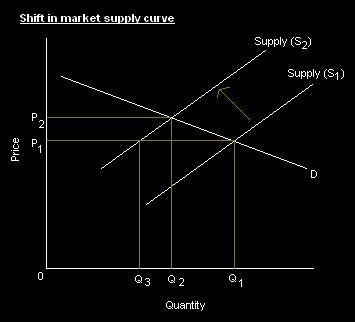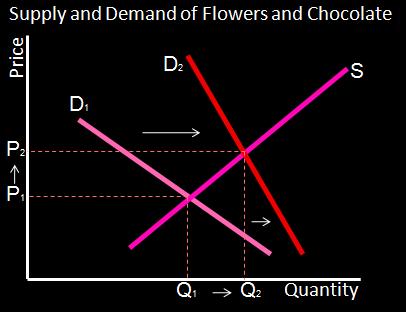
“A passenger group has expressed “outrage” that some travellers may face extra charges for flights they rebook due to the ash cloud.
It said it had found evidence of some airline websites saying passengers must pay the difference between the cost of an original and rebooked flight.
The Air Transport Users Council (ATUC) said rules state passengers who chose a new flight should not pay extra.
However, people could face higher prices if they rebooked themselves.
Regulations
EU rules state that European travellers are looked after during delays.
Passengers have a contract with the airline to get from A to B.
So that means the airline should try to re-route a journey without charging any extra, or an administration fee, if the alternative flight would otherwise have been more expensive.
At no time in living memory has British airspace been shut down and affected this many people
Abta spokeswoman
Simon Evans, of the ATUC, said it was outrageous that some websites suggested that airlines would come back and charge the difference.
“If the airline tells you that your flight is cancelled and you want a new flight rather than a refund, the date of the new flight should be at your convenience – not subject to any time limit – and you should not have to pay any more money,” the Air Transport Users Council said.
However, the Trading Standards Institute has stressed that prices are fluid. So if travellers chose a refund and then try to book another flight themselves they are likely to find that prices are increasing owing to the increased demand.”
article

Airlines are usually obliged to provide alternate flights or forms of transportation without additional fees if a flight is delayed or cancelled. However, the magnitude of the number of delays and cancellations is so large that perhaps airlines are unable to support themselves without asking for the cost difference of alternate flights.
TSI claims that prices are “fluid”, and therefore the increase in market equilibrium price justifies the additional fees charged. However, the increase in price is mostly due to a leftward shift in the supply curve, rather than the shift in the demand curve. Although the quantity demanded of flights for each price has increased due to the delay, as you can see in the diagram, the huge shortage in flights is what can cause the equilibrium price for the airline tickets to rise.












